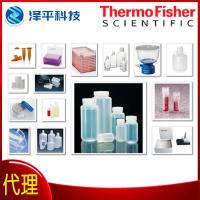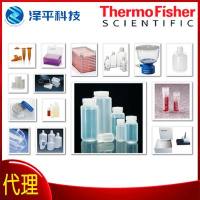Shiga Toxin Receptor Glycolipid Binding: Pathology and Utility
互联网
624
The tissue specificity and age-related etiology of Shiga toxin (Stx)-induced pathology strongly implicate receptor binding as a major determinant of Stxinduced hemolytic uremic syndarome (HUS) (1 ). In this review, Shiga toxin receptor binding is considered in relation to the following: (1) the multivalency and multiple valencies of the Shiga toxin B- subunit pentamer and the molecular basis of its specificity, including the important role played by the lipid moiety of globotriaosyl ceramide (Gb3 ) and its plasma membrane microenvironment; (2) the internalization of the toxin-receptor complex and subsequent intracellular trafficking; (3) the role of Gb3 in cell signaling pathways; (4) the upregulation of Gb3 synthesis and Stx sensitivity in cancers, particularly drug-resistant cancers and the involvement of the P-glycoprotein in Gb3 biosynthesis; (5) the ability of Gb3 synthesis to be upregulated by cytokines or short-chain fatty acids to increase Stx susceptibility; 6) Gb3 as a risk factor for the development of HUS, because in summa , these properties define the mechanism by which Shiga toxemia results in clinical sequellae. However, these properties also imbue Stx with characteristics that can be utilized as tools in cell biology to measure aspects of homeostasis and to provide new methods for immunization and DNA transfection.









